I am no expert, nor do I have lived experiences of discrimination to share. As a white male educator, my life has been full of privilege and I will never know what it is like to be one of the BIPOC students I teach. What I can do, is use my place of privilege to advocate for my students of color and to advance the learning communities I am a part of with a goal of equitable learning for all. Because the truth is, our schools do not promote equitable learning.
Over the past month, I have been focusing my regular journal reading towards issues of race in education. At best, I can say I have been naive, and at worst complicit, in perpetuating pro-white biases, as have many of us. While not an exhaustive nor definitive list, here are 4 recommended changes that schools can do right now based on research and data:
Recommendation #1: Hire More BIPOC Staff
Our teaching and leadership staff do not match the diversity of our students. Representation matters. When our students see themselves reflected in the school community, they learn better. Not only that – we should track which teachers students have and ensure that students of color have teachers of color. As this article from Mindshift shared,
“…black students who have just one black teacher in elementary school are 13 percent more likely to enroll in college than their peers who didn’t have any black teachers. Students who have two black teachers are 32 percent more likely to go to college.”
To Get To College, It Helps Black Students To Have A Black Teacher Early On, By Mayowa Aina
Schools should go beyond the symbolic gesture of hiring a more diverse staff and include HR policies and guidelines to ensure the changes last beyond one hiring season.
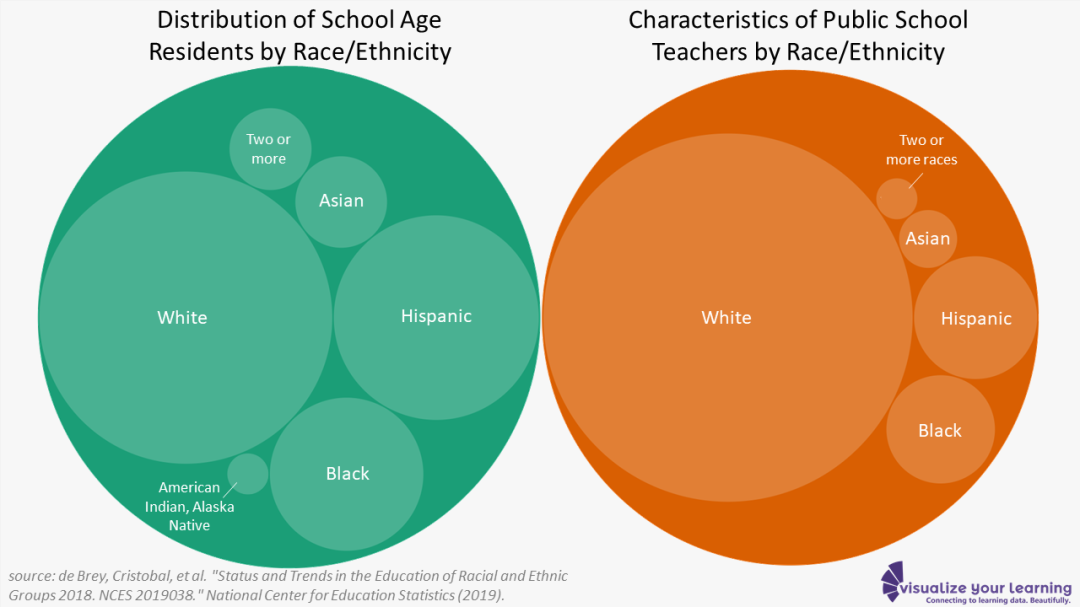
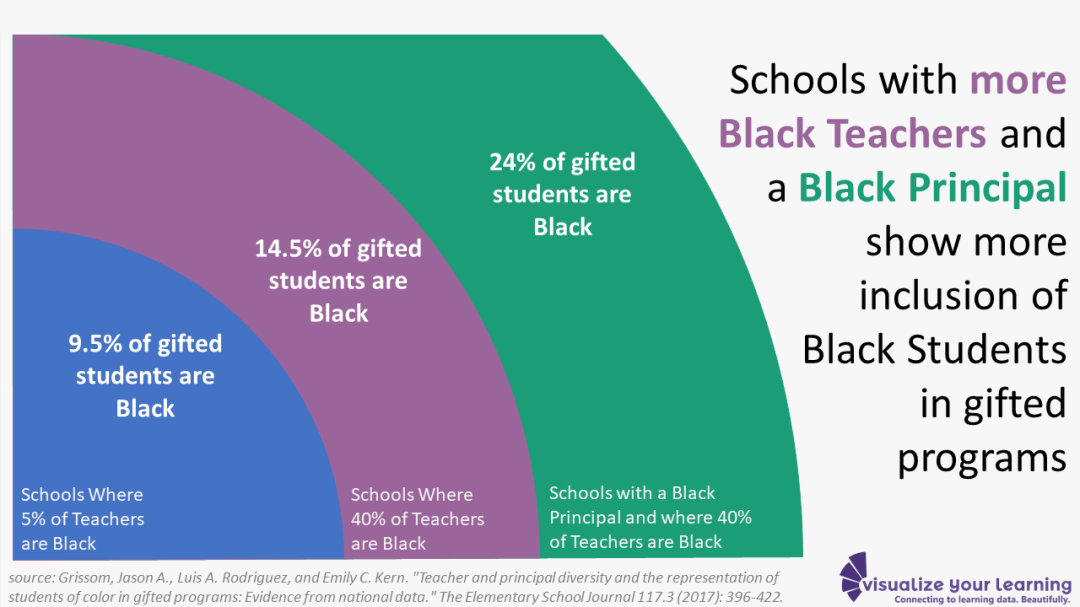
Recommendation #2: Ongoing Anti-Bias Training
While teachers are some of the most self-less people, we are not without our biases. We grew up in a world full of bias and propaganda that programmed us towards a pro-white bias.
“we are primed from a very, very young age, often unconsciously primed from a young age all throughout our day to form these biases for one racial group and against another racial group”
Dr. Tracey Benson, Harvard EdCast: Unconscious Bias in Schools
Our implicit and explicit biases are not victimless. They have negative effects on students of color and can alter access to the same educational rigor as white students. We focus a lot of time and money on Professional Learning and it’s time that some of those resources are directed towards racial justice for our students.
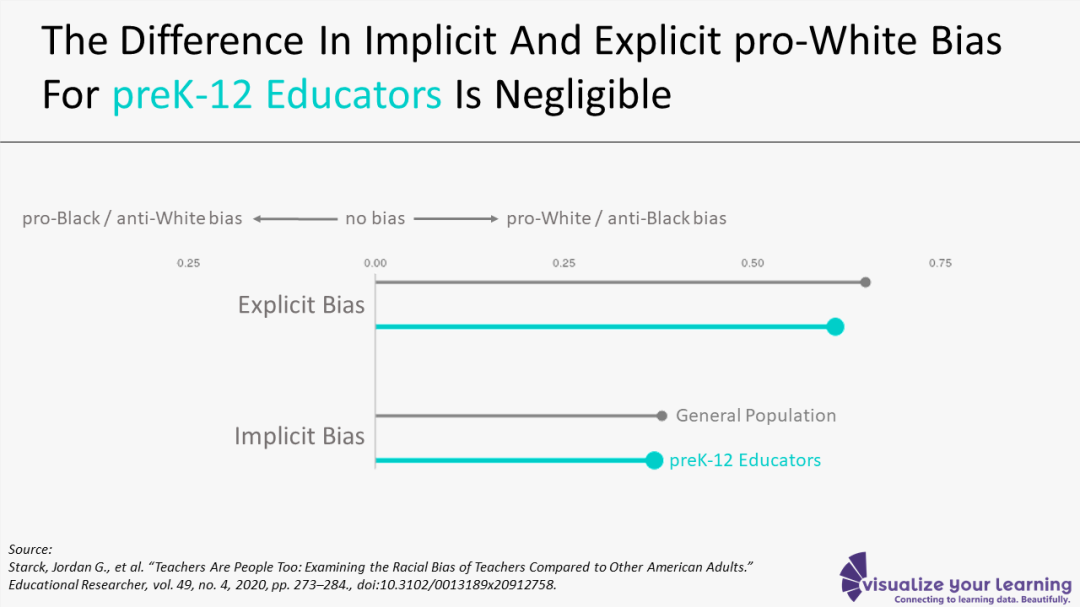
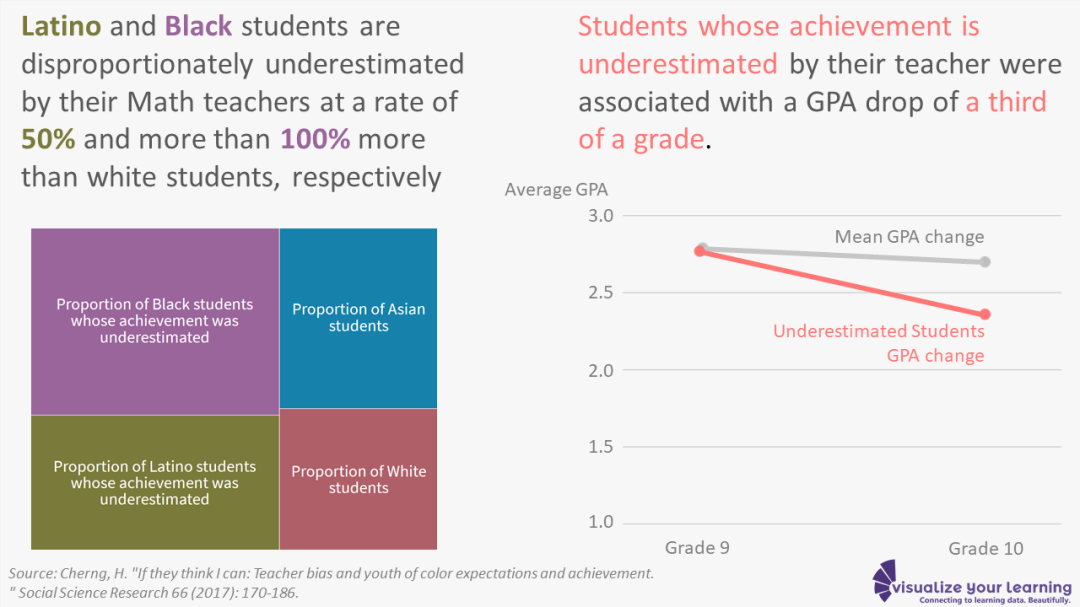
Recommendation #3: Guarantee Your Curriculum Addresses Race
While we already addressed how representation matters in staff, it’s important to note that it matters everywhere. We should see diverse representation in our History, Literature, Art, Mathematics and all classes.
“Choosing texts that reflect classroom demographics and following the readings with discussions or reflective writing assignments can provide teachers with powerful information about their students’ hopes, concerns, strengths and life circumstances. These practices also open channels of understanding among students. Successful conversations about issues of identity frequently lead to deeper dialogue about students’ own backgrounds and the experiences of others.”
Teaching Tolerance’s Critical Practices
Further, our curriculum should guarantee that students engage in learning about racism and prejudice – not shy away from it. I will share with you two personal experiences that shaped my views:
In University, my “Educational Law” class did not cover Title IX and Brown vs Board of Education. It was assumed we knew the outcomes of the landmark cases. Instead, my professor focused on all the laws that shaped education for Indigenous People. I learned how our Federal Government intentionally disadvantaged certain populations with their laws and veiled them as beneficial. It has allowed me to be a skeptic and critic – to understand how something that sounds good for me, might be terrible for someone less privileged.
I also had the opportunity to go on a “Civil Rights Pilgrimage” trip. As someone from the Northern Midwest, I had never seen a site of slavery or the Civil Rights Movement. On this trip, I walked the bridge across to Selma, I paid respect to the location Dr. Martin Luther King Jr spent his last moments, and I helped with post-Katrina reconstruction in New Orleans. These were profound moments that I had no personal connection to previously and helped me understand better the context of race.
We want our students to have experiences that raise their awareness of racial issues, systematic oppression, and ways they can take action. For more resources: check out Teaching Tolerance’s Teaching Hard History
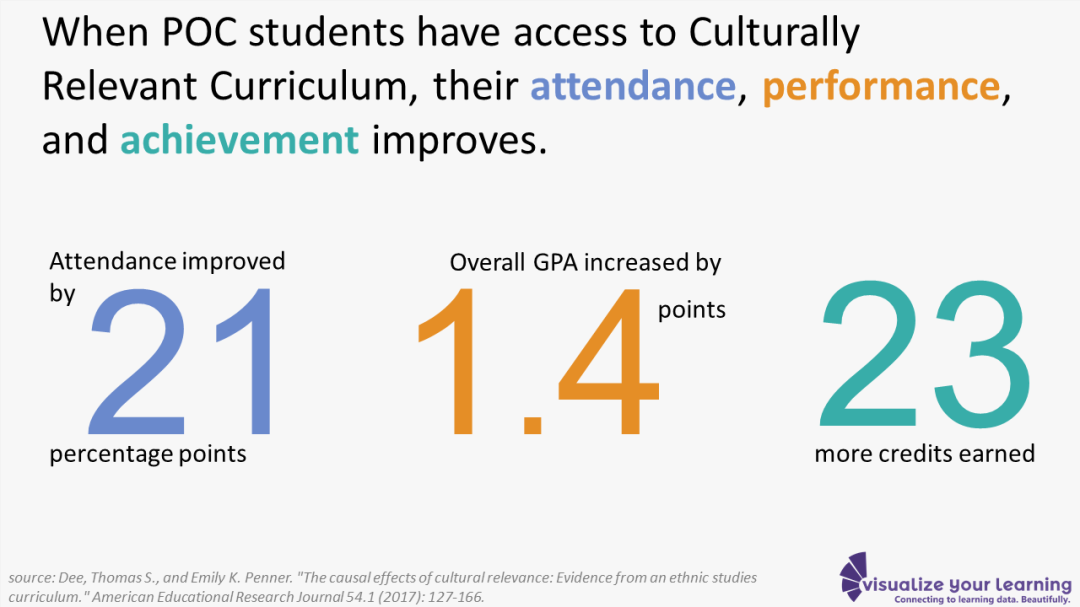
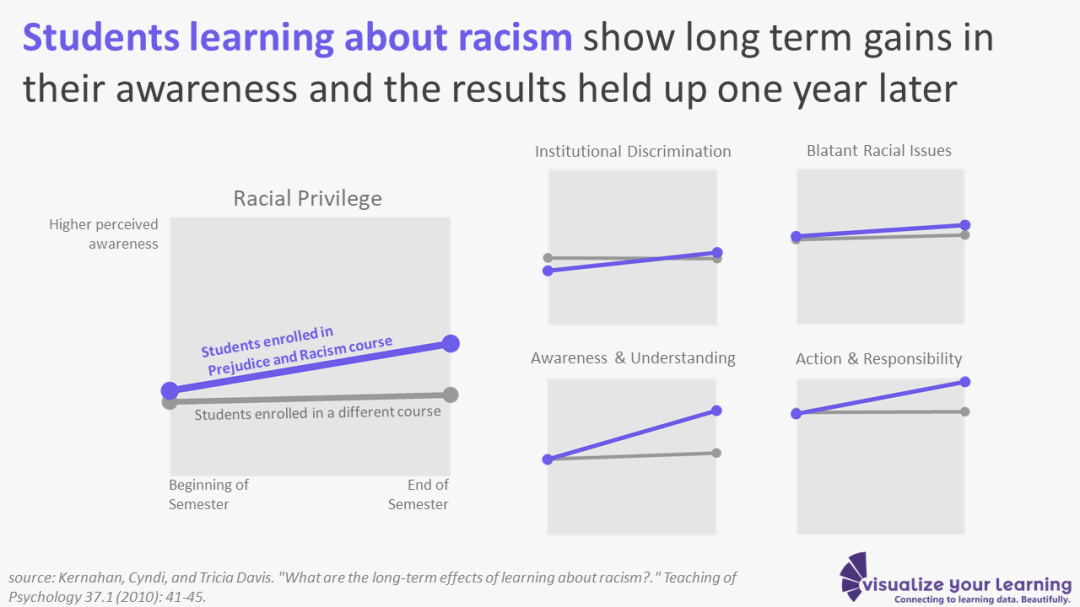
Recommendation #4: Clear Anti-Racist Policies
When POC students experience racism and bias, their learning is affected. Therefore, if we truly wish the best education for our students, schools should have a policy for staff, students, and community members that articulates our stance on racism. There should also be a safe way for community members to report and an investigative process that is clearly outlined.
I would also encourage each school to complete an audit with climate surveys and empathy interviews to see what the actual student, faculty, and family experience has been with encountering racism and bias during their learning.
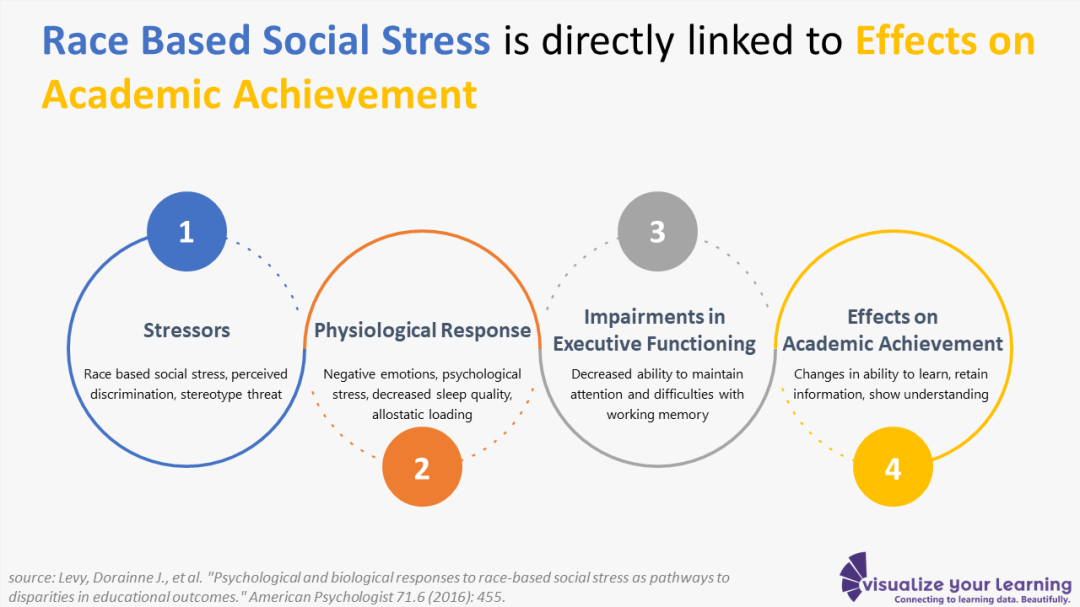
Bonus Recommendation: Advocate For Fairer Funding
The school funding system is broken. It advantages white communities while disadvantaging communities of color. Use your vote in all elections (local and federal) to help and head over to edbuild.org for more resources.
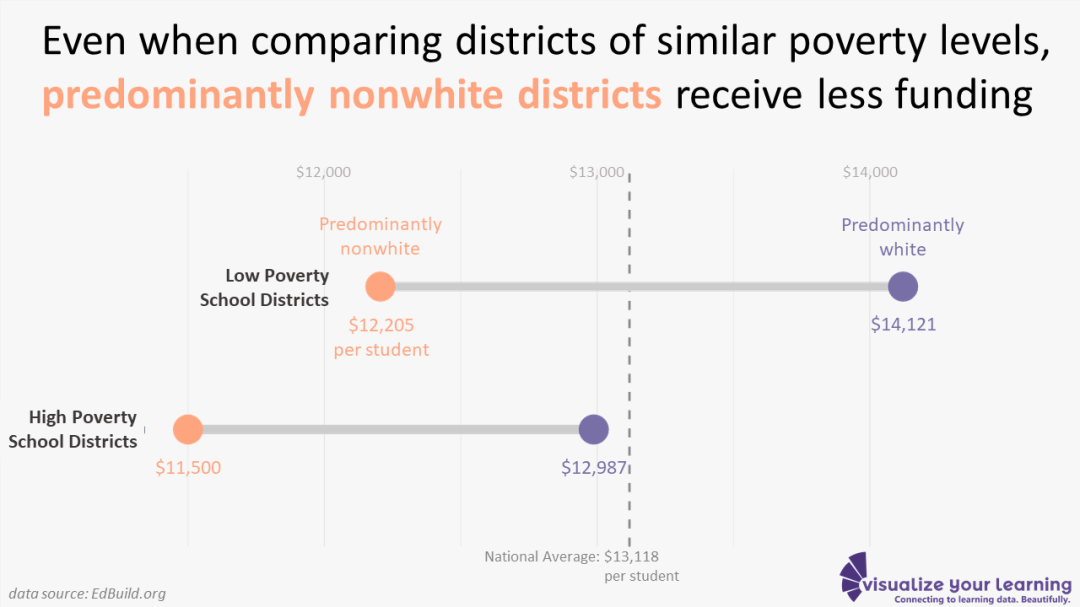
I am committed to continue learning. If I were to write this post a month from now, I might have 3 more recommendations. If you’d like to know what I’m reading to better my understanding of race in education, I encourage you to check out this short list and feel free to send me recommendations:
- Dr. Ibram Kendi’s Books, Stamped From The Beginning and How to Be An AntiRacist
- Unconscious Bias In Schools – by Drs. Tracey Benson and Sarah Fiarman
- Teaching Tolerance magazine and articles
- Brown University’s Strategies for Culturally Responsive Teaching

